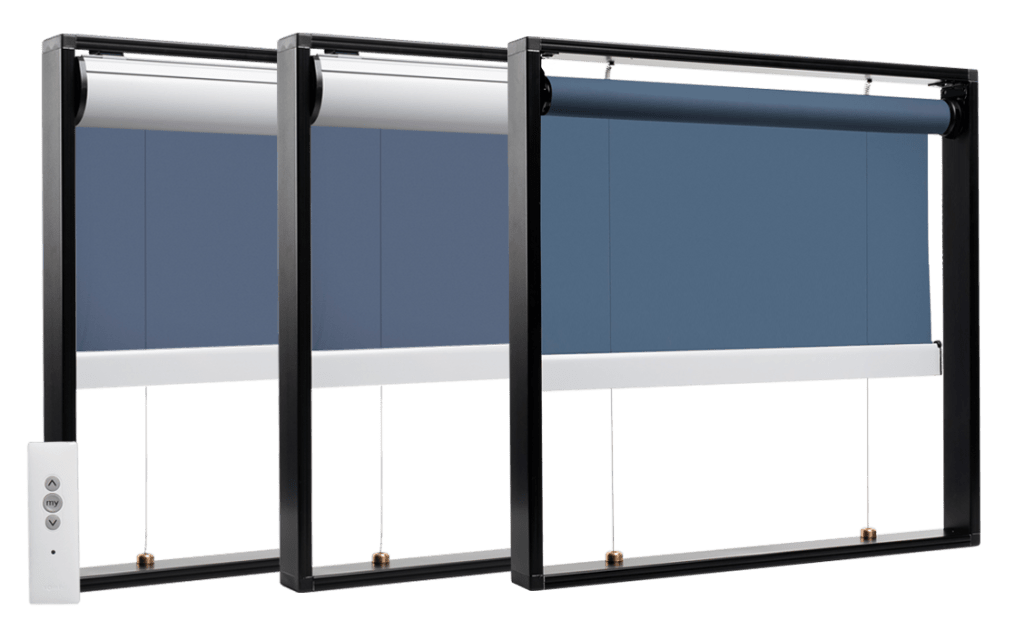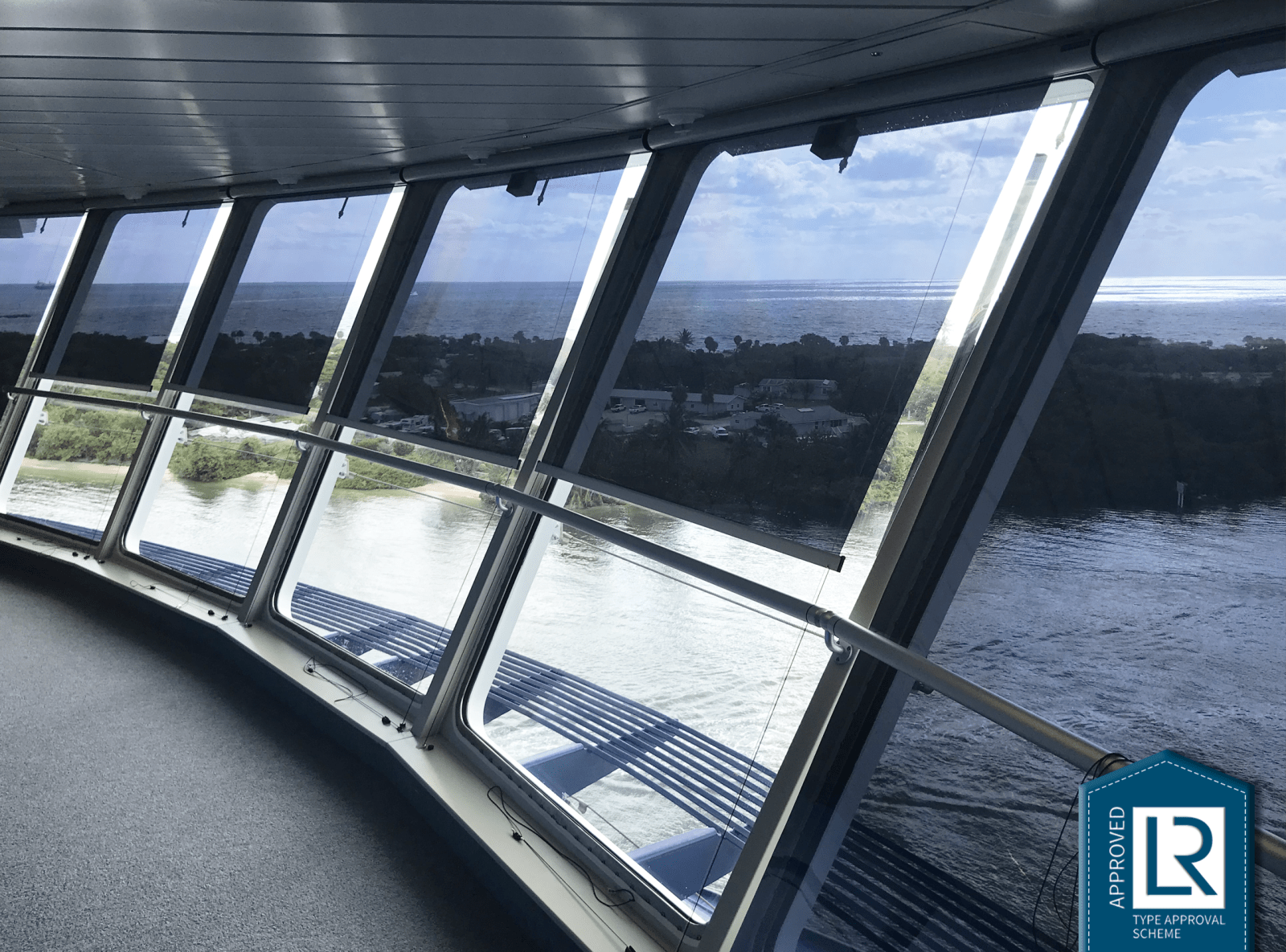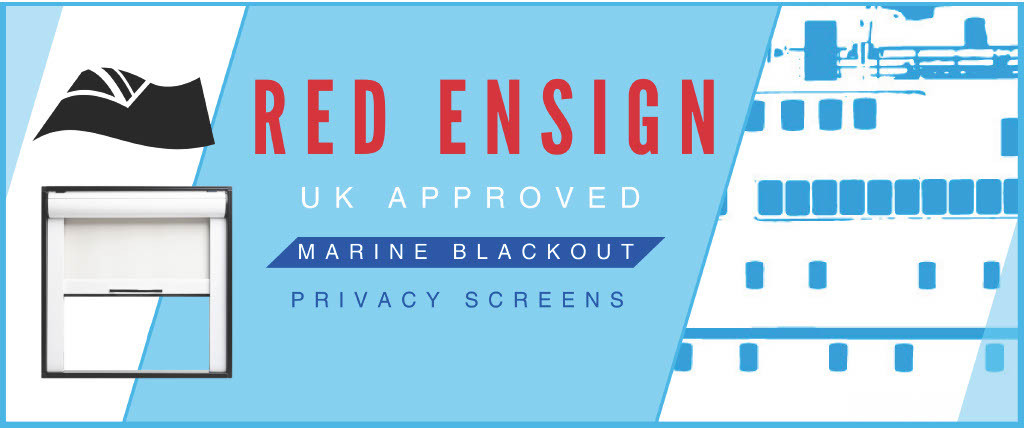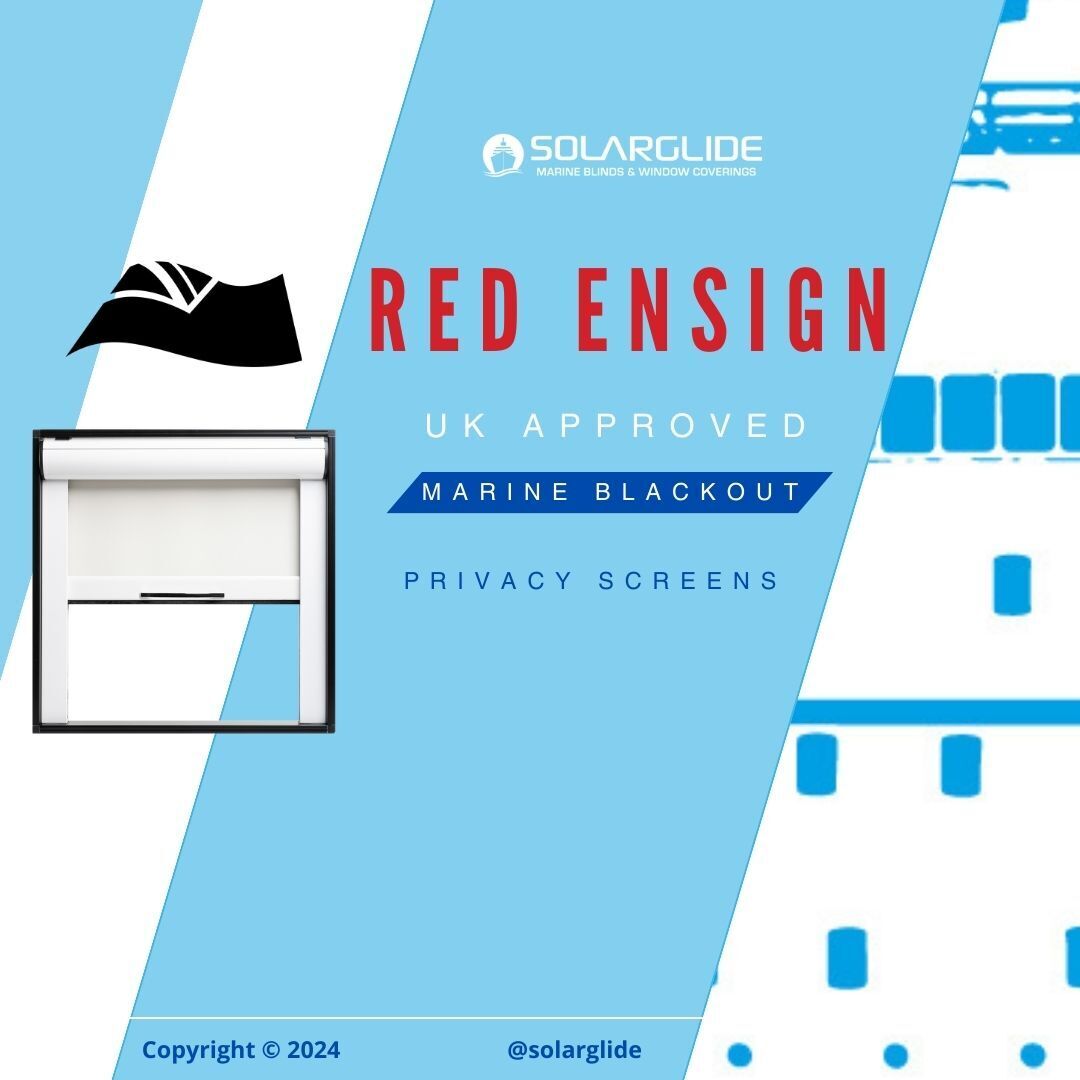Everything you ever wanted to know about Solarglide Solar Screens for the marine industry.

Solar Screens. Motorised, Cassetted or Non Cassetted Solar Screens by Solarglide
Do maritime solar screens really save money for shipowners and ship managers?
Solarglide solar screens offer a vast range of benefits for crew and passengers travelling or working onboard commercial ships and boats. Retractable solar screens are proven to save marine companies money in the long term by reducing solar heat and solar glare onboard the navigational bridge of a ship. This reduction in heat and glare allows air conditioning units on the bridge to be turned downwards, saving considerable amounts of energy and money in the long term. To read more about a recent study investigating solar screens vs solar gains onboard the bridge of a ship visit https://www.youtube.com/watch?v=DenjCGRwWGM
What is the difference between sunscreens and solarscreens?
The descriptive product words ‘sunscreens’ and ‘solarscreens’ describe the same product, they are alternative words used frequently within the maritime sector to describe a specialist blind usually used on the navigational bridge wheelhouse of a ship. A sunscreen (solarscreen) is a semi-transparent retractable roller blind, which is manufactured with or without protective cassette and its primary purpose is to aid with navigation onboard ships and seagoing vessels. A sunscreen (solarscreen) uses specialist tinted solar film that reduces internal temperatures, repels solar glare, and eliminates harmful UV radiation. During daylight hours it offers protection and exceptional visibility for crew, and it can be retracted away when not in use.
Are solar screens worth the cost?
The cost is relatively low in comparison to the benefits solarscreens bring to crew members. Some health benefits cannot be equated to monetary value such as crew eye protection, skin protection and hydration. But if we were comparing the initial product cost against savings gained from a reduction in air conditioning costs then a set of bridge solarscreens would pay for themselves within 1 month (this is an estimation based on many potential variants). When the cost of the solar screen is recuperated, the product benefits would continue for 10-15 years thereafter (the estimated life span of a Solarglide solar screen). Other notable benefits of solarscreens include greater visibility of computer systems and radars, the prevention of bridge equipment becoming overheated and the avoidance of potential collisions from poor visibility, all of which have the potential to cost a lot of money when things go wrong.
What are the different solar screen film colours available?
Solarglide offers four different solar film colours, which include silver, gold, grey and bronze. Solarglide solar films are a high-performance tinted barrier that provides unhindered visibility for ships during the daytime. The main purpose of these solar films is to eliminate glare, heat and UV radiation which can be impactful on the productivity of the navigational crew. Gold and silver solar films have a reflective silver external surface which allows them to reflect away greater amounts of glare and heat, but overall, all solar films regardless of colour perform extremely well in a marine setting.
Silver, grey and gold solar films have a subtle light blue/ grey hue appearance from the inside looking out (The bronze is slightly different and has a light bronze hue). During the day, the solar screens act as a privacy barrier as well as a sun protector, as the surfaces make it hard for people to see inwards to the ship when they are use.
Should I remove solar screens in the winter?
Solar Screens should be used all year round and are particularly effective in the winter periods, as well as during the warmer summer months. The weather may be cooler in the winter, but the sunlight is still very powerful, and low-lying sunlight during the colder months can have a significant negative impact on ship navigation. This can be magnified even further with the sun reflecting off the surface of the ocean. Instead of removing solar screens during the winter, keep them in position as the likelihood is they will be used by crew on a regular basis. On days where the weather is poor, simply retract the solar film inside the cassette or back onto the upper roller for clear natural voyage viewpoints.
Do solar screens trap heat?
In the warmer months, solar screens prevent solar heat from entering the wheelhouse area by reflecting the solar glare back through the glass in the outwards direction. However, in the cooler months (when heating units may be operating on the bridge) the screens can help retain internal heat by working in the opposite way. However, this only works if the solar screen is in operation on the window. If it’s retracted inside the cassette or roller, then heat will escape through the glass to the outside environment in the normal way. The solar screen acts as a barrier preventing heat from escaping, in the same way as preventing heat build-up during the summer months. To read more about a recent study investigating solar screens vs solar gains onboard the bridge of a ship visit
https://www.youtube.com/watch?v=DenjCGRwWGM
How do you clean solar screens?
Solar film is thin and delicate to the touch. For product longevity the film needs to be managed, in regards to cleaning, to avoid marks, creases or damage. We recommend that the film is always retracted away during the night or when the weather conditions outside are poor, giving it less opportunity for damage. Furthermore, the solar film should be retracted in and out of the cassette in a careful and slow manner to protect its surface. The aluminium cassette and bottom rail can be cleaned using a moist cloth to remove dust and marks and then carefully dried using paper towels. Solarglide solar screen profiles are powder coated which helps prevent fingerprints and water marks being left behind.
If the solar film becomes severely marked or creased due to mishandling, then the only option is to replace the solar film if it hinders visibility. However, if the solar film has formed a layer of dust, this can be removed by lightly running a soft duster cloth over the surface. In addition, Solarglide offer a special plastic polish to remove watermarks from the surface of the solar film, which works well if the marks are not too severe in nature.
Are solar screens better than regular screens?
Solar screens are highly effective for assisting with navigation on the bridge because that’s the area of a ship they have been designed specifically for. They also comply fully with SOLAS regulations and have a Lloyds Register Type approval, meaning they are confirmed by the class societies as a suitable and effective product for the wheelhouse. They are not necessarily better than a regular screen, it’s just the regular screens tend to be better suited to different areas of the ship rather than the navigational bridge area. For instance, a blackout screen would work better in the cabins onboard, and a dimout screen would be more effective in public areas of a ship.
If you’re interested in watching Solarglide Manager Director – Paul Pringles other adventures, you can can check our Solarglide Vlogs. Watch Paul navigate his way through interviews, meetings and strategies.





